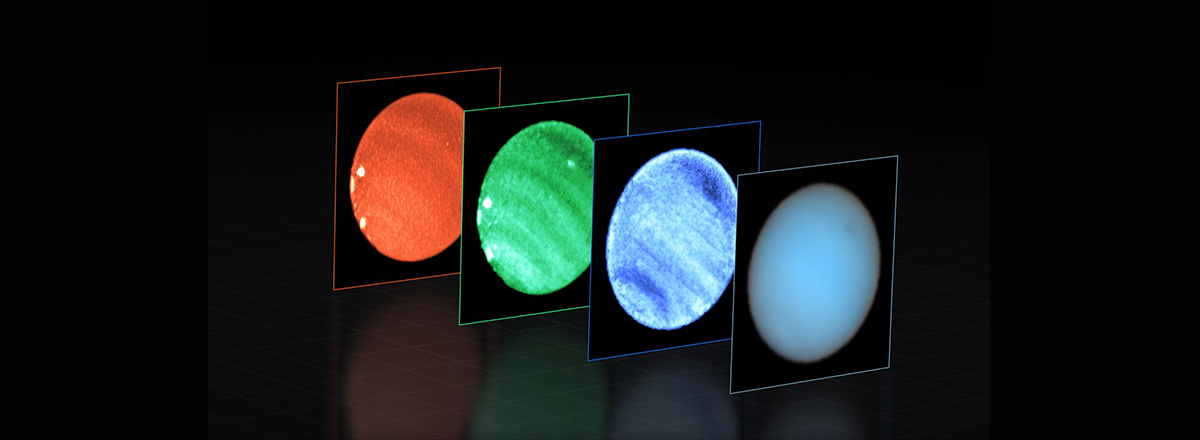Astronomers Spot a Mysterious Dark Patch on Neptune's Surface
The dark spot, measuring around 10,000 kilometers in diameter, had puzzled scientists since its discovery by NASA's Voyager 2 in 1989. However, new data collected by the VLT suggests a fresh understanding of its composition and origin.

Astronomers using the European Southern Observatory's Very Large Telescope (VLT) have captured an unprecedented view of a massive dark spot on Neptune's atmosphere, accompanied by an unexpected smaller bright spot. This marks the first instance of observing such a phenomenon from Earth.
The dark spot, measuring around 10,000 kilometers in diameter, had puzzled scientists since its discovery by NASA's Voyager 2 in 1989. However, new data collected by the VLT suggests a fresh understanding of its composition and origin.
Although planets like Neptune are known for hosting large atmospheric features, akin to Jupiter's Great Red Spot, Neptune's dark spots have remained a puzzle. Utilizing ESO's VLT, a team of astronomers managed to observe the spot in greater detail, revealing that its darkness likely results from the mixture of ices and hazes in Neptune's atmosphere, causing air particles to darken below the primary visible haze layer.
This discovery was made possible by the temporary nature of these dark features. The observation opportunity arose after the Hubble Space Telescope spotted several dark spots on Neptune, including one in the planet's northern hemisphere. The team capitalized on this by studying the phenomenon with the VLT's Multi Unit Spectroscopic Explorer (MUSE), which enabled them to dissect reflected sunlight from Neptune and its spot into its various wavelengths.

